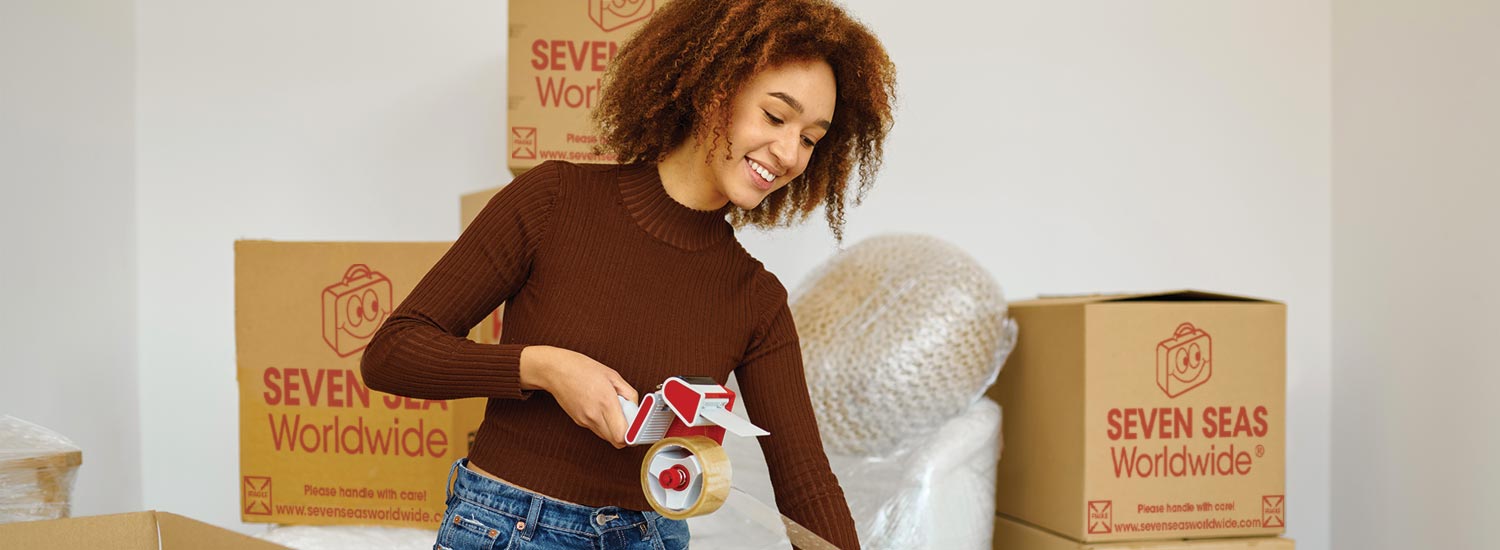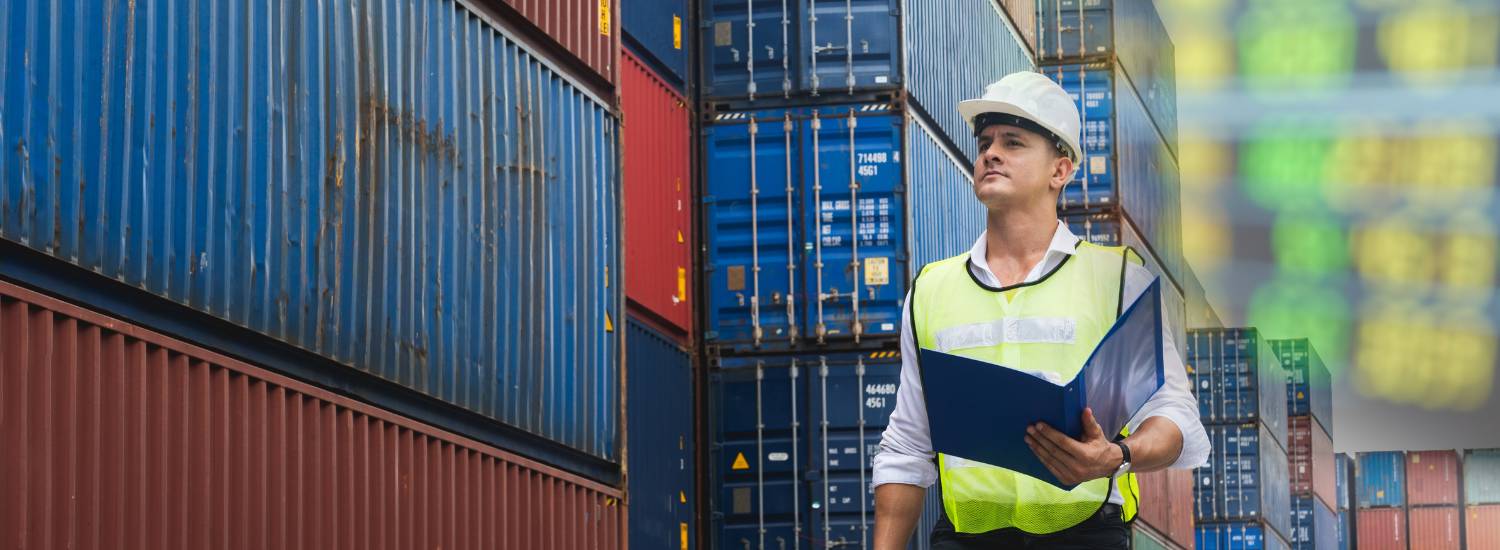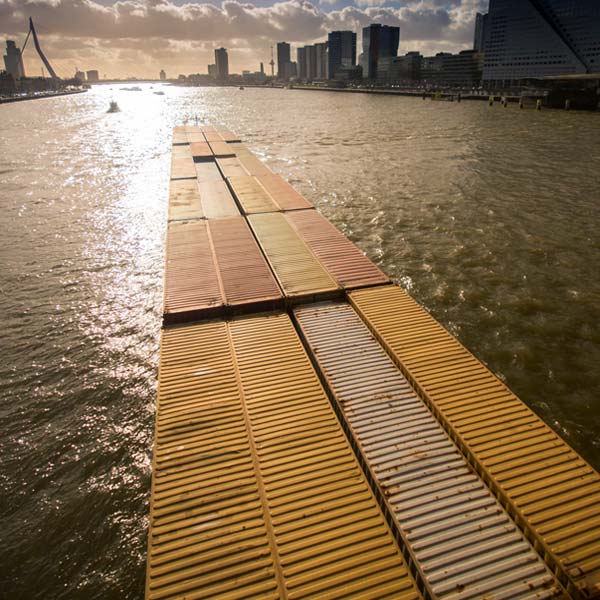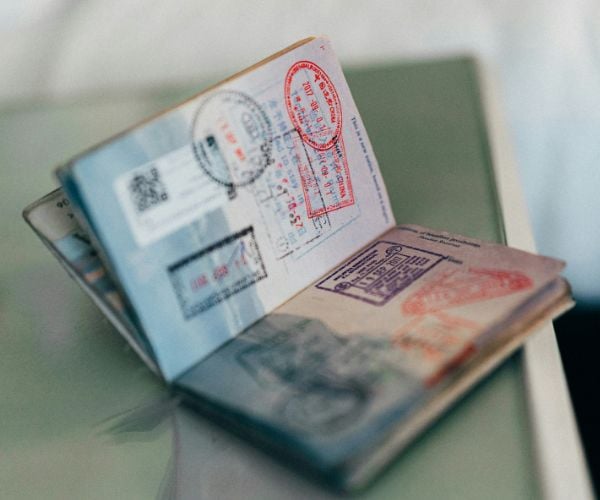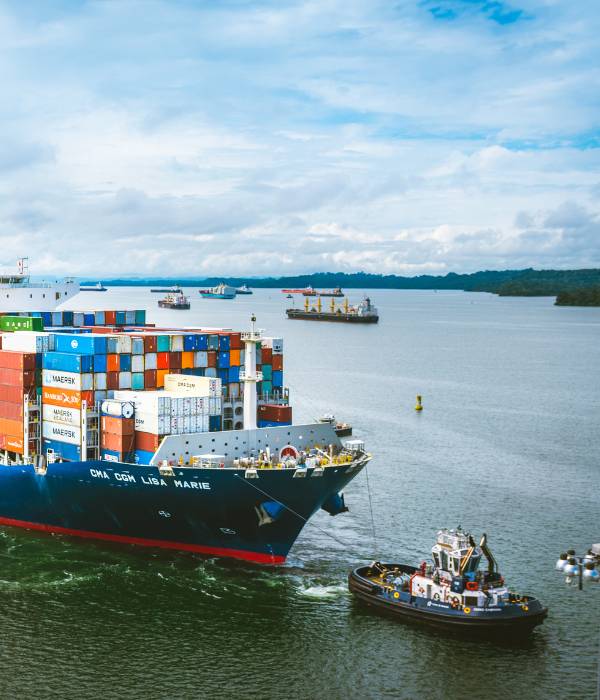Before packing, check this list of items prohibited from entering a particular country or region.
Key takeaways
- Customs clearance is the process that goods go through when shipping them across international borders, allowing shipments to enter or leave a country and ensuring all taxes and legal requirements are met.
- A customs broker helps international shipping companies streamline the import process and reduce administrative burdens.
- Customs clearance takes anywhere from a few hours to several days or weeks, depending on the importing country, the type of goods, the accuracy of the paperwork, and whether customs has flagged the shipment for inspection.
- To fill out a customs declaration form for international shipping, you'll need to provide your details (e.g. name, date of birth, and origin and destination addresses), describe each item you're shipping using plain language, and sign and date the declaration.
It allows shipments to legally enter or leave a country...
What is customs clearance?
Customs clearance is the process that goods, such as personal effects and furniture, go through when shipping across international borders. It allows shipments to legally enter or leave a country and ensures all taxes and legal requirements are met. Customs authorities typically check all paperwork, inspect goods, and confirm compliance with relevant trade laws. Doing so helps prevent smuggling, supports fair trade, and protects public health and the environment.
To calculate duties and taxes, customs clearance usually requires submitting accurate information about the shipment in the form of an inventory or packing list that describes each item, its value, origin, and type. If any documents are missing or completed inaccurately, shipments can face delays at the border, or be returned, seized or destroyed.
What is a customs broker?
A customs broker helps international shipping companies streamline the import process and reduce administrative burdens. Brokers in the destination country understand local rules and languages, can help complete necessary customs forms, and communicate with customs officials. They also ensure that all duties, taxes, and documentation requirements are met to avoid delays or penalties.
Hong Kong has a Burden of Customs score of
6.2
making it the country with the most efficient customs protocol
Source: databank.worldbank.org

What is the customs clearance process?
The customs clearance process includes a series of checks and documents that allow goods to move across borders.
Here are some standard international shipping documents used during customs clearance:
- Country-specific customs declaration form: required for clearing goods through customs in the importing or exporting country. It includes details such as the goods' description, value, and intended use.
- Bill of lading (B/L) (sea freight): a bill of lading proves that goods have been received, sets out the transport agreement, and can sometimes be used to claim ownership.
- Air waybill (AWB) (air freight): confirms the transport agreement and the delivery of the goods.
- CMR (Convention on the Contract for the International Carriage of Goods by Road) consignment note: the CMR is used for road transport in Europe, it outlines the terms of the contract between sender, carrier, and receiver.
- Rail waybill: used for rail transport, it functions similarly to other mode-specific waybills.
- Import/export licences: for restricted or controlled goods, such as chemicals, electronics, drugs, or weapons.
The importer or broker submits a customs declaration to the destination country's customs authority, which includes classification codes, value and intended use. If necessary, the shipment may be examined, scanned or tested to ensure it matches the declaration.
Customs then assesses the duties, VAT or other levied taxes, depending on the type of goods, their origin country and any trade agreements between the two countries. Once the importer pays all fees, customs clears the goods and releases them for collection, storage or delivery.
How long does customs clearance take?
Customs clearance takes anywhere from a few hours to several days or weeks. The duration depends on the importing country, the type of goods, the accuracy of the paperwork, and whether customs has flagged the shipment for inspection. Weekends, holidays, strikes, port congestion and high shipment volumes can cause further delays.
Depending on the destination country's requirements, you may have to provide proof of purpose...

How to fill out a customs form for international shipping
To fill out a customs declaration form for international shipping, use plain language that accurately describes what you're shipping. Typically, you'll include each item's description, quantity, value, country of origin, and intended use. Try to avoid vague labels like "gift", "sample", "entertainment", or "clothes".
Some countries may ask you to complete the form in a specific language, submit it electronically, or include harmonised system codes for particular items. Providing incorrect or incomplete information can lead to delays, fines, or confiscation, so checking the latest requirements before sending is essential.
You'll need to provide personal information like your name, date of birth, phone number, email address, occupation, marital status, nationality, and origin and destination addresses. Plus, your intended length of stay and the purpose of your visit. Depending on the destination country's requirements, you may have to provide proof of purpose through an employment contract, university acceptance letter, visa, or a temporary residency permit.
If needed, you may need to provide certificates of origin, import permits, purchase notes, and receipts for high-value, endangered, antique, restricted, inherited, or culturally significant items. Depending on the country, such goods may be subject to additional regulations, taxes, or licensing requirements.
Finally, sign and date the declaration, confirming that all the information provided is accurate and complete to the best of your knowledge.
A few customs declaration forms used around the world include the B534 (Australia), NZCS 218 (New Zealand), BSF186 (Canada), 3299 (the USA), C-5360 and C-5360-B (Japan), DA304 (South Africa), T2L (Europe), 0350 (Germany), C&E 1076 (Ireland), RD-0030E (Norway) and 18.44 (Switzerland).
What does customs clearance completed mean?
Customs clearance completed means the shipment has successfully passed all border checks and can move on to its next destination. The process includes reviewing all documents, checking that the goods match the packing list, and verifying that the importer has paid all duties and fees.
However, it doesn't mean the goods have physically left the port or terminal. It confirms that the legal side of the journey is complete, and customs no longer hold the shipment. For exporters, it means the shipment can safely leave the country.
